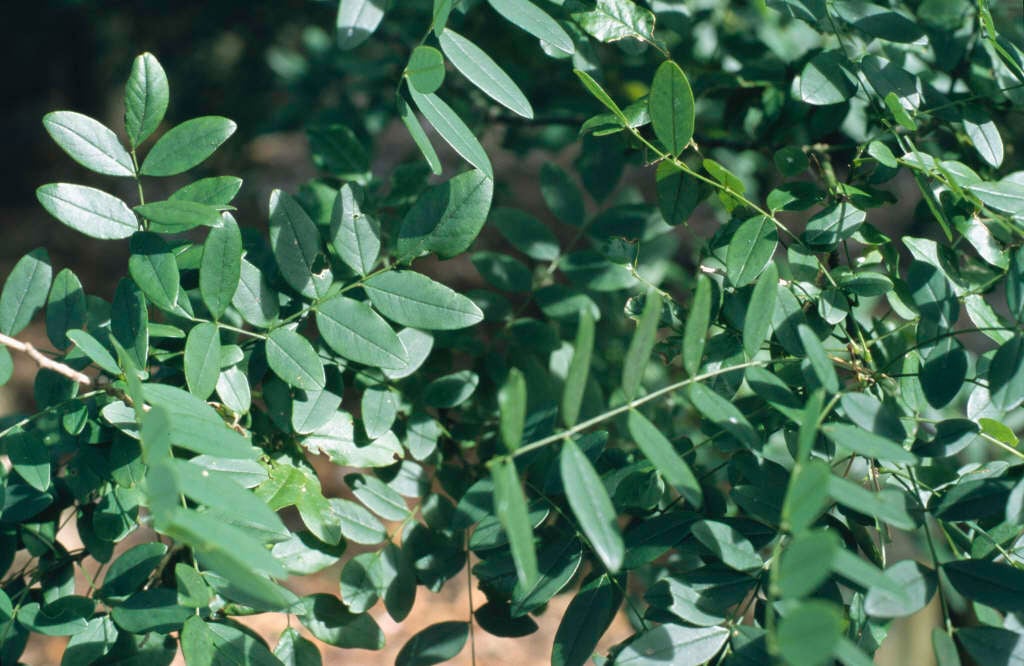Styphnolobium japonicum
Japanese pagoda tree
A large deciduous tree to 25m tall with a rounded, low-branched habit, and rich green pinnate leaves to 30cm in length. Fragrant creamy-white, pea-shaped flowers 12mm in length, produced in terminal panicles in mature trees
Synonyms
Sophora japonicaSize
Ultimate height
Higher than 12 metresTime to ultimate height
20–50 yearsUltimate spread
Wider than 8 metresGrowing conditions
Moisture
Well–drainedpH
Acid, Alkaline, NeutralColour & scent
| Stem | Flower | Foliage | Fruit | |
| Spring | Green | |||
|---|---|---|---|---|
| Summer | White | Green | ||
| Autumn | White | Green | ||
| Winter |
Position
- Full sun
Aspect
South–facing or North–facing or West–facing or East–facing
Exposure
Exposed or Sheltered Hardiness
H5Botanical details
- Family
- Fabaceae
- Native to GB / Ireland
- No
- Foliage
- Deciduous
- Habit
- Bushy
- Potentially harmful
- Pets (dogs): Harmful if eaten - see the HTA guide to potentially harmful plants for further information and useful contact numbers
- Genus
Styphnolobium are deciduous trees with pinnate leaves and generally white, pea-like flowers born in panicles in summer and autumn
- Name status
Correct
- Plant range
- China
How to grow
Cultivation
Grow in moderately fertile soil in full sun; tolerant of poor soils, drought and pollution. Needs long hot summers to flower well and does not flowers until mature at about 30 years
Propagation
Propagate by seed when ripe or grafting in late winter
Suggested planting locations and garden types
- Coastal
- Low Maintenance
- Hedging and screens
Pruning
Pests
Generally pest-free
Diseases
Generally disease-free
Get involved
The Royal Horticultural Society is the UK’s leading gardening charity. We aim to enrich everyone’s life through plants, and make the UK a greener and more beautiful place.
